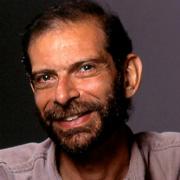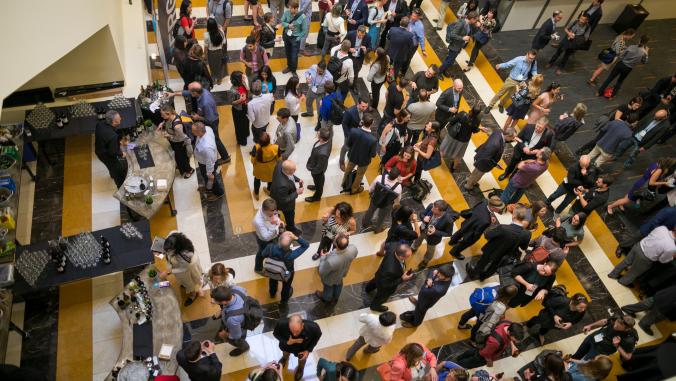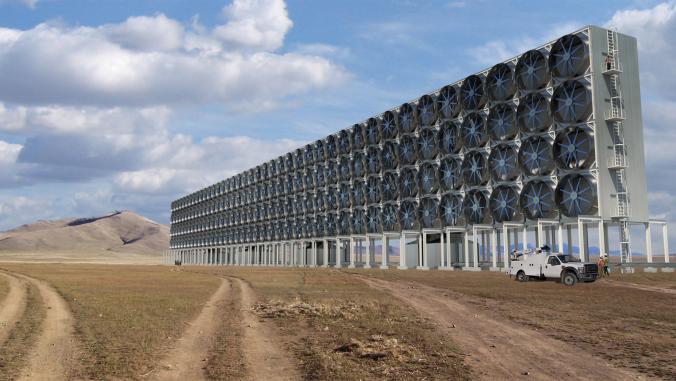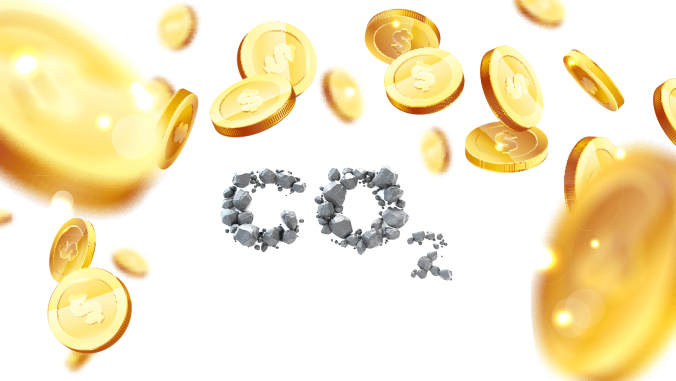Why SunEdison's bankruptcy won't deflate the solar boom
How big of a difference does one commercial failure make in an emerging market?

Just when it seemed as if solar were going gangbusters — with double-digit growth rates, studies showing that states could produce anywhere from 25 to 45 percent of their power from the sun, and overall growth in the five years starting 2010 of 418 percent — we get the news that SunEdision, one of the largest American producers, has gone bankrupt.
Does this indicate that the solar boom is coming to a screeching halt? Or is this the story of one particular company whose fortunes have crashed and burned due to specific circumstances?
That question was answered right out of the gate in Jenny Chase’s post on Bloomberg New Energy Finance: "SunEdison’s bankruptcy says more about the company’s strategic decisions than about the solar industry as a whole."
She assured us that companies such as SunPower and First Solar are doing just fine. "What has distinguished SunEdison has been the relentless and unfocused pursuit of growth, in which it has invested vast amounts of borrowed money."
In short, the company took a lot of risks with borrowed money, and not enough of them paid off.
In the world of big projects and high finance, timing is critical. Some projects SunEdison invested in were not bad risks, per se. They just took a little too long to come to fruition. Others, such as attempting to enter China in 2014 when six of the top 10 producers in the world are Chinese, were probably unwise.
The company spent $3.1 billion on a two-year acquisition spree. By the time it declared bankruptcy, it was $16 billion in debt.
The story is a little bit complicated because SunEdison’s business model was to build solar energy plants and then sell them to publicly held companies — yieldcos — that it also controlled. The two companies are TerraForm Power Inc. and TerraForm Global Inc.
They are not part of the bankruptcy. This allowed them to, in essence, leverage the promise of regular future returns into cash today. Unfortunately for SunEdison, those future returns did not arrive in time to pay the bills.
CEO Ahmad Chatila said the bankruptcy was necessary to address "liquidity issues." It has obtained a $300 million loan to support day-to-day operations during the restructuring.
Company CFO Brian Wuebbels told investors last year, "It’s all about growth," referring to the formation of the yieldcos. At this writing, Wuebbels has yet to leave his post.
The use of yieldcos is not unusual in the alternative energy business, but Sun Edison used them more aggressively than most, employing "incentive distribution rights" that funneled an additional share of distributions back to the parent company that would rise over time.
It also strayed from what had been its core business of developing utility scale solar projects into wind power and residential solar, which each has its own particular risks and requirements. One acquisition alone, that of First Wind, which took place in January 2015, was valued at over $2.4 billion.
Bloomberg’s Chase suggested that yieldcos with a management team independent of the developer would be a better arrangement.
As the buying accelerated to the point where 800 projects were in the pipeline, investors lost confidence and the stock plunged, putting further pressure on company finances.
Under the bankruptcy arrangement, the company will attempt to raise as much cash as possible through the sale of assets. U.K.-based Ecotricity already has announced that it has acquired the rights to SunEdison’s rooftop solar business in the U.K.
This story first appeared on:





